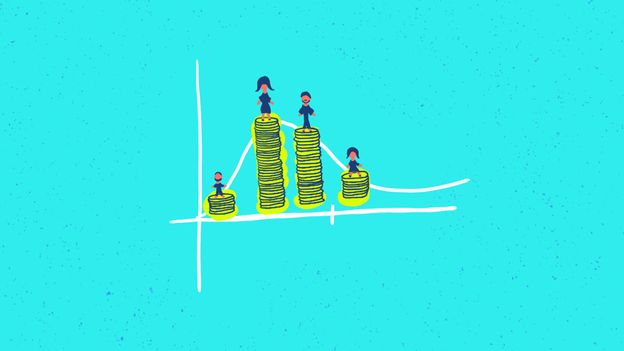(Image credit: Piero Zagami and Michela Nicchiotti)
Some organisations are monitoring content for gender balance and other diversity metrics: understanding the scale of the problem is the first step to fixing it.
A
Across journalism, radio, television, film, music, drama, events, public relations and advertising, groups are monitoring large volumes of content for their gender balance and increasingly for other diversity metrics. The focus is to gather the data and then do something about it – and the raw numbers are often worse than we imagine. The Geena Davis Institute revealed within the last decade male leading characters still outnumbered female main characters 2:1 in top-grossing family films.
The BBC has the 50:50 Project, which comprehensively tracks the gender balance of contributors. Across other organisations, bots are also crawling web pages for metrics; The Financial Times has JanetBot, or there’s an open-source tool from GenderMeme. Bloomberg has the Gender Equality Index, which helps investors monitor and compare the financial performance of listed companies that say they are committing to advancing women. There’s also the GA Tally tool, which enables anyone share on social media the gender (im)balance they witness every day. People use it to name and shame at events, panels or – heaven forbid – ‘manels‘ across multiple industries.
Counting matters – hard data and statistics are crucial for driving cultural change. If you don’t have an accurate picture of the scale of your problem, it’s much easier to ignore, sometimes for decades. That’s why the rise of diversity and inclusion trackers is a very big deal.
This is one of the 101 indispensable things you need to know about work today. Click here to see the rest.
Image credit: Piero Zagami and Michela Nicchiotti.









